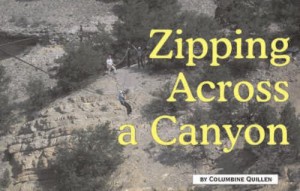Brief by Central Staff
Forestry – September 2006 – Colorado Central Magazine
The blue spruce is Colorado’s official state tree, but this time of year, no one drives to the mountains to look at the unchanging conifer. Instead, it’s the glowing aspen leaves, spread across the mountainsides like spilled sunshine, that draw the visitors.
However, the aspen is in trouble, and researchers don’t know why. “The aspen is in universal decline in the Intermountain West,” according to Wayne Shepperd at the Rocky Mountain Research Station in Fort Collins. Recent aerial surveys show aspen dying across thousands of acres, mostly on the Western Slope.
Aspen seldom grow from seed. Instead, their roots send up suckers, much as strawberries do. Thus all the aspen in a given grove are likely to be genetically identical. You could call them clones, or argue that they’re all one big organism.
As long as the roots are healthy, there’s new growth even after nearby trees are toppled or burnt. Aspen are among the first trees to grow in disturbed or burnt areas.
What usually kills them is growth from conifers — aspen need lots of sunshine, and once they’re shaded, they lose vitality.
But the root systems are dying now, and it’s hard to find a reason, since it occurs with aspen stands at high elevations and low, on north- and south-facing slopes, in grazed and ungrazed areas, dry and wet zones, etc.
One theory is “genetic exhaustion,” in that a given sequence of aspen DNA loses its vitality over time. But that’s just a theory. As Shepperd said, “We just can’t put a handle on it.”


